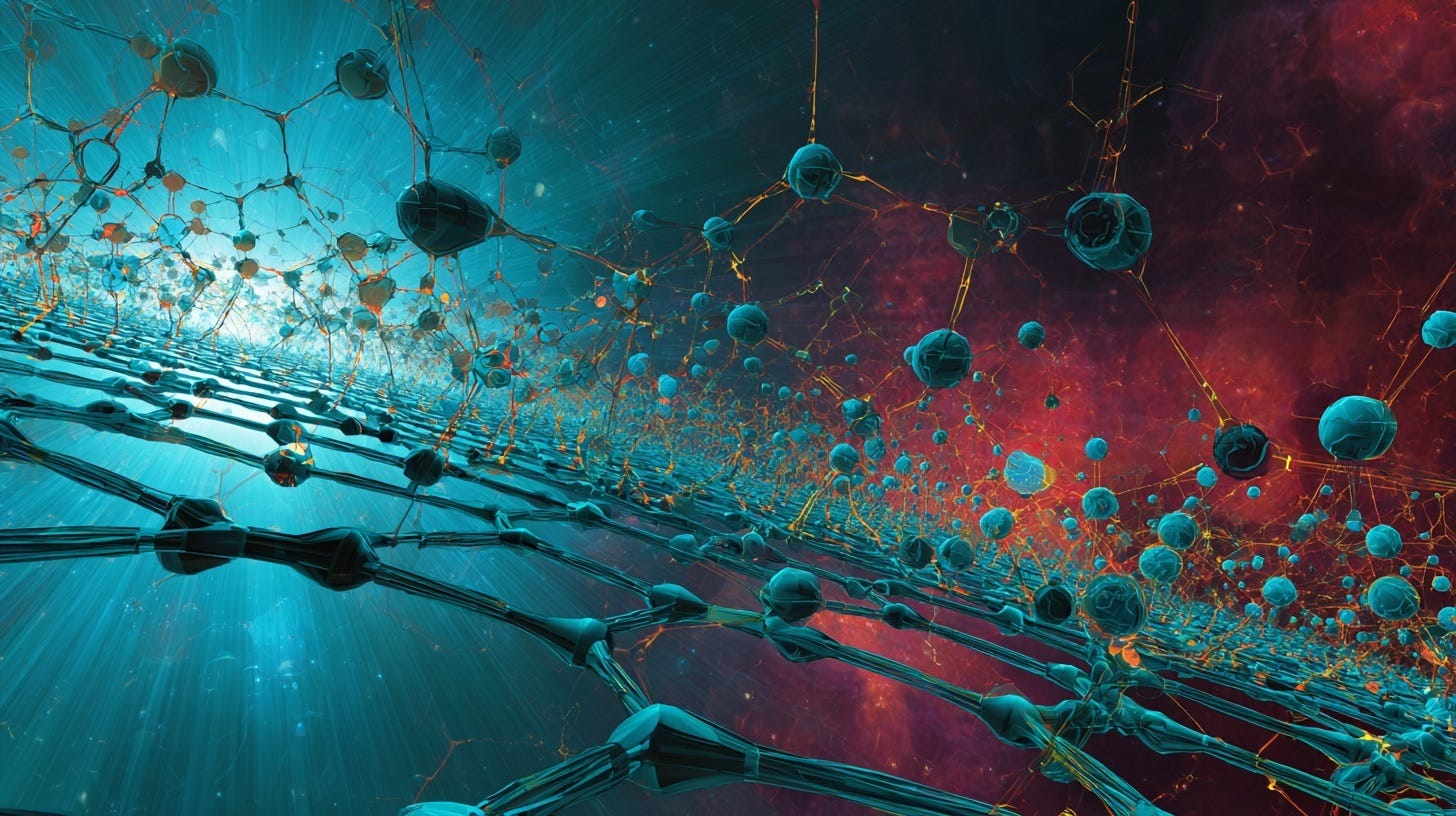🚀 F,P! Week In Review, Briefly
Also: Up Wing/Down Wing: record-breaking nuclear energy generation; brain-injury treatment; US losing lunar race — and more
In case you missed it ...
🎇🔬 The super AI–nanotech parallel (Tuesday)
✨ Brace yourself: The AI Revolution isn't about job creation (Wednesday)
🛑✨ Luddite's lament: Josh Hawley offers an anti-AI screed (Friday)
⤴⤵ Up Wing/Down Wing: AI trash collection; record-breaking nuclear energy generation; brain-injury treatment; slowing longevity gains; China AI advantage; US losing lunar race.
🎇🔬 The super AI–nanotech parallel (September 2, 2025)
Nano-read. Superintelligence is already beating nanotechnology’s development track record. You realy can’t compare to the two, AI doomers.
Feels Familiar. Science writer Philip Ball recently argued that Silicon Valley’s preoccupation with artificial superintelligence echoes Eric Drexler’s 1980s vision of ubiquitous nanotechnology — a future that hasn’t unfolded, despite the hype. So far, we’ve seen nanotech materialize as coatings, carbon composites, and quantum dots, but not as a molecular machines.
Context. The US has invested ~$50 billion in the National Nanotechnology Initiative since 2000, largely funding materials science. The initiative, however, never deeply explored Drexler’s dream of nanobots as “molecular assemblers” after leading chemists dismissed the concept as impossible. Meanwhile, a looming doomsday fear hung over the whole project, wherein “tiny, self-replicating robots could run amok in a Sorceror’s Apprentice scenario and cover the world in a ‘gray goo’ of themselves,” as I recall in my book, The Conservative Futurist.
Contrast. The difference? AI is drawing unprecedented real-world investment: $375 billion globally this year, heading toward $500 billion in 2026. Unlike Drexlerian nanotech, AI already has broad commercial adoption and billion-dollar backers. Whereas nanotechnology was characterized by a lot of speculative hype, little talent or capital, and no breakthroughs. AI is grounded in decades of machine learning progress, abundant data, and scalable compute — with partial successes like generative AI already reshaping the workplace.
Lost in the Sauce. Ball does have a point: By focusing only on sci-fi upsides or doomsday risks, we risk missing the everyday transformations of AI in business and society. The true challenge isn’t getting swept up in dreams of superintelligence (well. a bit is OK and necessary) but how generative AI is altering jobs, institutions, and energy demand. Let’s not lose the forest for the trees.
Up Wing Up Shot. Rather than purely obsessing over the big picture of AI’s possibilities, we should be taking full advantage of daily adaptation and productivity gains. AI superintelligence has a much better shot at shaping the future than nanotech’s false start (unless the former makes the latter possible).
Keep reading with a 7-day free trial
Subscribe to Faster, Please! to keep reading this post and get 7 days of free access to the full post archives.



